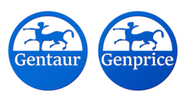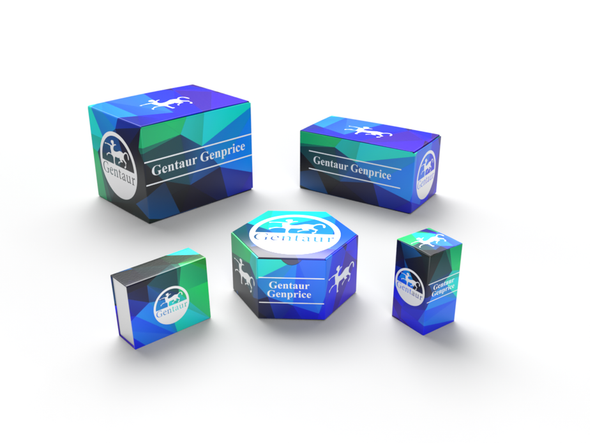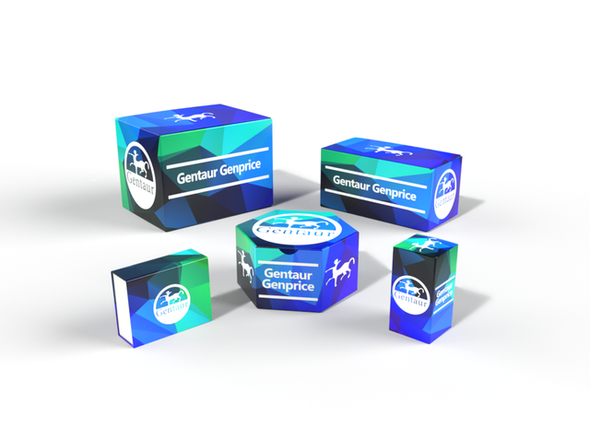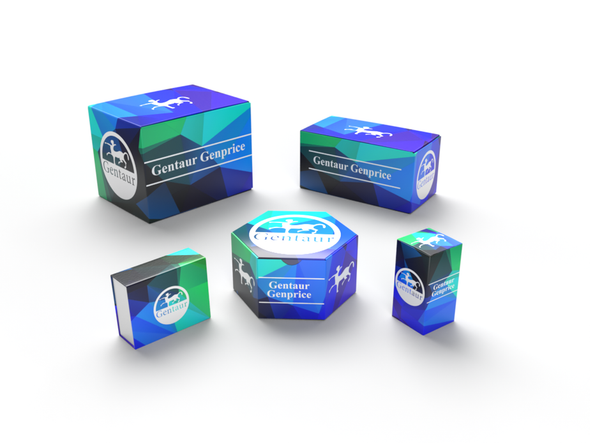Description
ARHGDIB Antibody | 57-239 | Gentaur UK, US & Europe Distribution
Host: Rabbit
Reactivity: Human
Homology: N/A
Immunogen: This ARHGDIB antibody is generated from rabbits immunized with a KLH conjugated synthetic peptide between 160-188 amino acids from the C-terminal region of human ARHGDIB.
Research Area: Signal Transduction
Tested Application: WB, IHC-P
Application: For WB starting dilution is: 1:1000
For IHC-P starting dilution is: 1:10~50
Specificiy: N/A
Positive Control 1: N/A
Positive Control 2: N/A
Positive Control 3: N/A
Positive Control 4: N/A
Positive Control 5: N/A
Positive Control 6: N/A
Molecular Weight: 23 kDa
Validation: N/A
Isoform: N/A
Purification: This antibody is purified through a protein A column, followed by peptide affinity purification.
Clonality: Polyclonal
Clone: N/A
Isotype: Rabbit Ig
Conjugate: Unconjugated
Physical State: Liquid
Buffer: Supplied in PBS with 0.09% (W/V) sodium azide.
Concentration: batch dependent
Storage Condition: Store at 4˚C for three months and -20˚C, stable for up to one year. As with all antibodies care should be taken to avoid repeated freeze thaw cycles. Antibodies should not be exposed to prolonged high temperatures.
Alternate Name: Rho GDP-dissociation inhibitor 2, Rho GDI 2, Ly-GDI, Rho-GDI beta, ARHGDIB, GDIA2, GDID4, RAP1GN1
User Note: Optimal dilutions for each application to be determined by the researcher.
BACKGROUND: Members of the Rho (or ARH) protein family (see MIM 165390) and other Ras-related small GTP-binding proteins (see MIM 179520) are involved in diverse cellular events, including cell signaling, proliferation, cytoskeletal organization, and secretion. The GTP-binding proteins are active only in the GTP-bound state. At least 3 classes of proteins tightly regulate cycling between the GTP-bound and GDP-bound states: GTPase-activating proteins (GAPs) , guanine nucleotide-releasing factors (GRFs) , and GDP-dissociation inhibitors (GDIs) . The GDIs, including ARHGDIB, decrease the rate of GDP dissociation from Ras-like GTPases (summary by Scherle et al., 1993 [PubMed 8356058]) .






